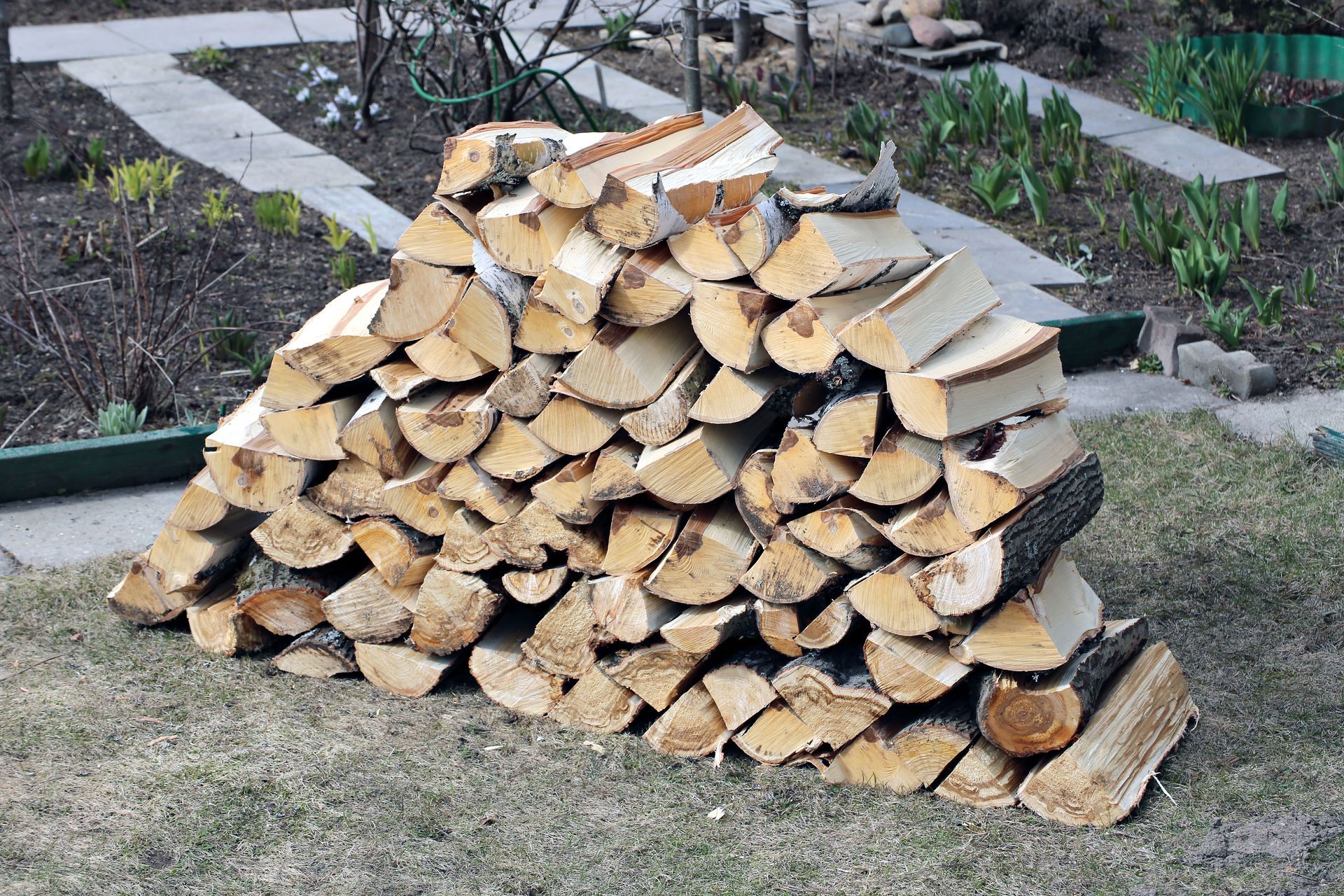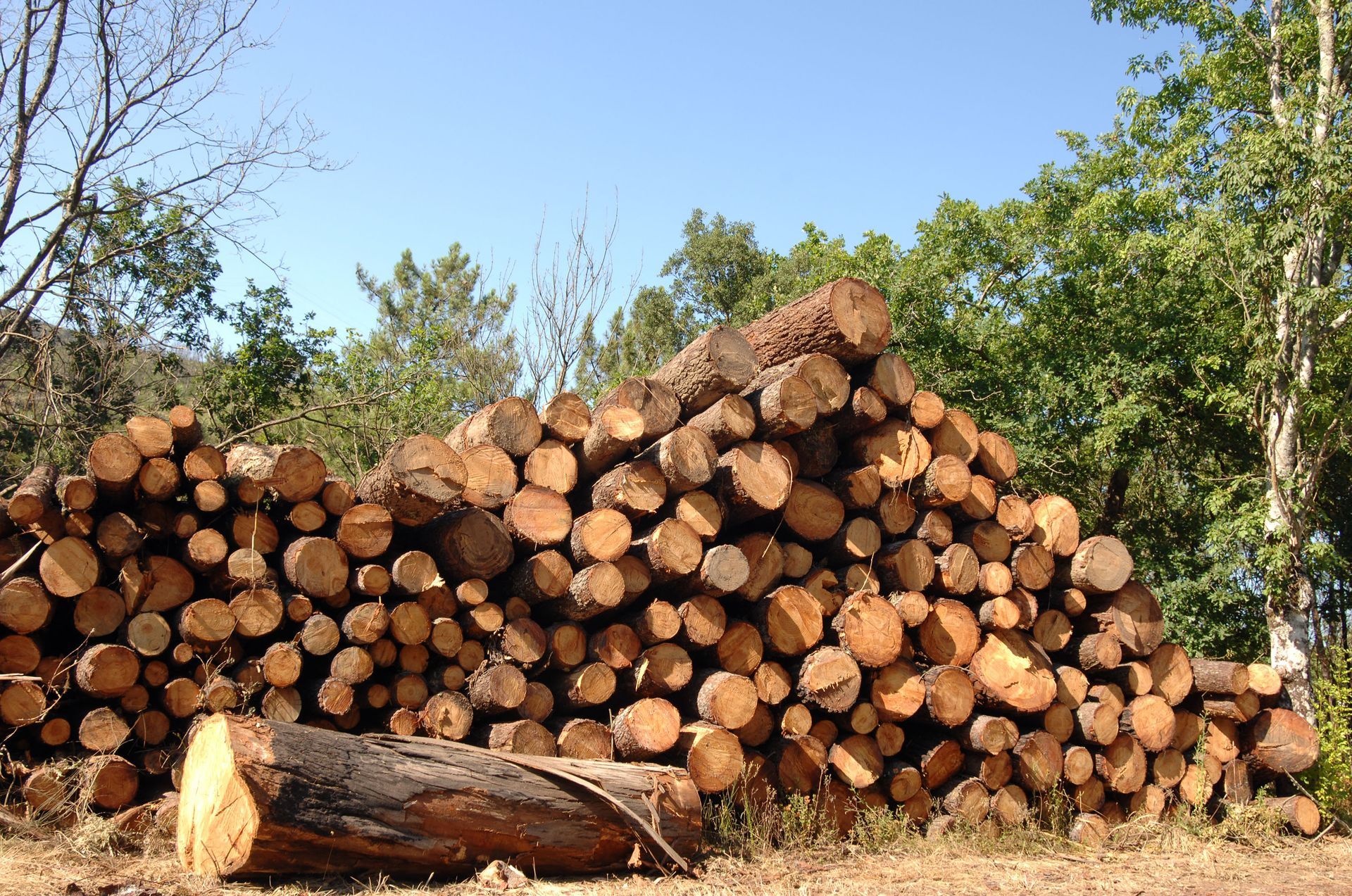Which Trees Make for the Best Firewood?
When considering the best type of wood for burning, many factors influence the optimal choice, each affecting heat output, burn time, and ease of use. The decision isn't as simple as it may seem because different types of wood burn in unique ways and can affect the efficiency of your firewood. Whether you're using wood for heating your home or for a cozy campfire, understanding which trees make for the best firewood can make a significant difference in both warmth and efficiency.
Hardwood Firewood
First and foremost, hardwoods are generally the preferred choice for firewood due to their density, which offers a higher energy content per log. Species like oak, hickory, and maple are prime examples of hardwood trees known for their long-burning and high heat output. The dense nature of hardwoods means they burn for an extended period, releasing consistent heat, which is particularly beneficial during the colder months. In addition, they tend to produce fewer sparks, reducing risks commonly associated with open fires. Many homeowners rely on hardwood firewood to keep their homes warm efficiently throughout winter.
Softwood Firewood
Coniferous trees, often known as softwoods, such as pine and spruce, are frequently less ideal for long-term heating but do come with certain advantages. Conifer trees ignite quickly, making them excellent for kindling or for starting a fire. However, they tend to burn faster than hardwoods and can produce more creosote, which might require regular chimney cleaning. According to the Ea Energy Analysis, both deciduous and conifer trees have a high water content of about 53%, which necessitates thorough seasoning to optimize burning efficiency and reduce smoke emissions. Despite their drawbacks, softwoods can still serve a useful role in a well-balanced firewood supply.
Regional Availability and Firewood Efficiency
Another consideration is the availability of different wood types in your region, as local species may offer both economic and environmental benefits. Aspen and poplar are examples of woods that might be more readily available in certain areas. Though not as efficient as oak or hickory, their availability can offset their quicker burn times. Many homeowners find that using a mix of hardwoods and softer woods allows for versatility—softer woods to quickly ignite the fire and slower-burning hardwoods to maintain it. Sourcing
firewood locally can also help reduce costs and environmental impact.
The best firewood comes down to understanding your needs and balancing the properties of different wood types. By selecting the right combination of firewood, you can create longer-lasting, more effective fires while reducing maintenance and waste. Contact Oregon Wood Sales to learn more.
OUR ADDRESS
HOURS
HOURS
CONTACT US
- Main: (541) 761-5906
- Mobile: (541) 761-5906


